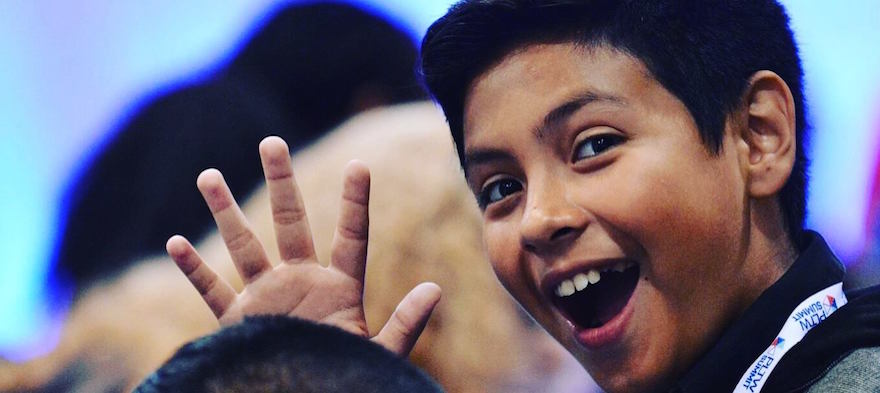
Feb 11, 2019 12:00:00 AM
Jeffrey Crapper is a biology and health science Career and Technical Education (CTE) teacher at Health & Science High School (HS2) in Beaverton, Oregon. Jeffrey is a National Board Certified Teacher-Early Adolescent Science and earned the honor of 2016 Oregon High School Science Teacher of the Year. He is a PLTW Master Teacher for Biomedical Innovations. Project Lead The Way (PLTW) is a nonprofit organization that provides a transformative learning experience for K-12 students and teachers across the U.S. PLTW empowers students to develop in-demand, transportable knowledge and skills through pathways in computer science, engineering and biomedical science. PLTW’s teacher training and resources support teachers as they engage their students in real-world learning. 11,500 elementary, middle and high schools in all 50 states and D.C. offer PLTW programs. For more information on Project Lead The Way, visit pltw.org.
Few issues in education spark more tension and debate than standardized testing. Are they a tool for equity or a burden on students? A necessary check on school systems or a flawed measure of...
Charter schools are public schools with a purpose. Operating independently from traditional school districts, they're tuition-free, open to all students, and publicly funded—but with more flexibility...
Despite the benefits of a diverse teaching force, prospective teachers of color fall out of our leaky preparation pipeline at every stage: preparation, hiring, induction, and retention. Here’s what...
Ed Post is the flagship website platform of brightbeam, a 501(c3) network of education activists and influencers demanding a better education and a brighter future for every child.
© 2020-2025 brightbeam. All rights reserved.
Leave a Comment